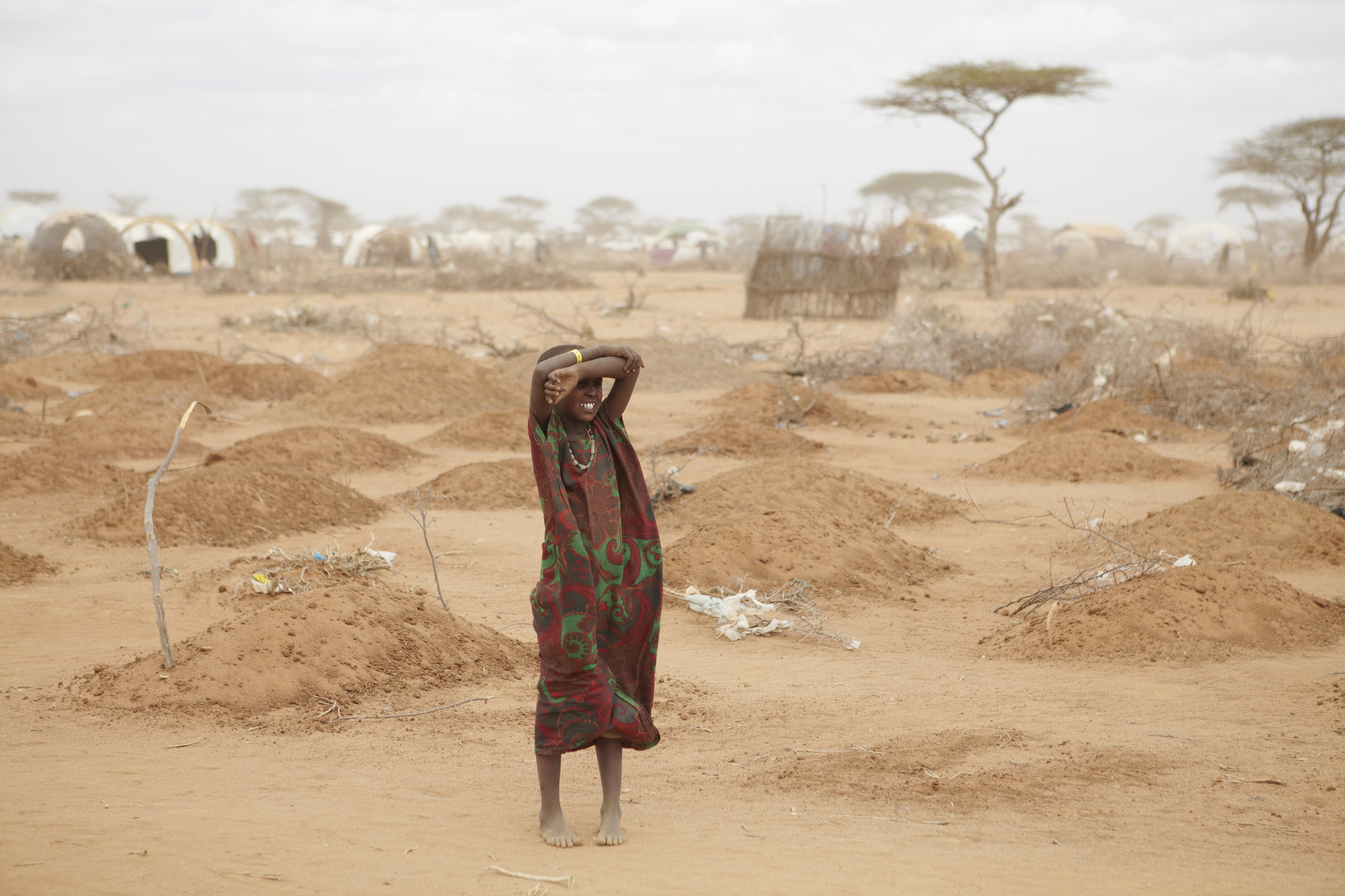Famine isn’t new to Ethiopia, but history repeating itself amid the country’s claimed “economic growth” raises a big concern. This year, Ethiopia was hit with a massive drought, with at least six million children at risk of food shortages and waterborne diseases. Though global climate change and El Niño have contributed to its severity, the lack of political commitment, absence of appropriate developmental strategies and lack of equipped leaders have by far worsened the situation.
Sustainable growth and development can only begin once vulnerable locations are equipped with what they need to mitigate the impacts of severe climatic conditions. The Ethiopian government needs to start putting its self-interest aside and work on allocating its finances into implementing sustainable policies that will help these drought-stricken societies overcome the trend once and for all. After the country experienced two of its worst famines in 1973 and 1984, the development and economic growth policies of the nation should have prioritized drought and famine prevention.
As many as 4.6 million people rely on food assistance annually, yet Ethiopia’s agricultural sector accounts for 46.3 percent of the nation’s GDP. The agriculture sector in Ethiopia is plagued by periodic episodes of drought. To say the country is on a revolutionary economic growth pattern — BBC reported it as one of the fastest growing economies in the world — while 10.2 million people die of hunger, is an oxymoron. Diversified economic and developmental policies are essential for the country’s long-term stability in fighting poverty. Depending on agriculture, when Ethiopia is known for its drought vulnerability, without finding ways to alleviate its reliance on rain is just bad policy.
People shouldn’t be begging and waiting for rain in the 21st century. Ethiopia is endowed and rich with natural resources that are capable of allowing the nation to diversify its developmental and economic policies. The Grand Renaissance Dam is deemed to be Africa’s largest hydroelectric dam, which is being built at the cost of $5 billion. This endeavor is a huge and costly effort, but at least it’s headed in the right direction. Power is an indispensable necessity for Ethiopia’s sustainable development goals. The tremendous solar power potential, wind energy capacity and the hydropower endeavor could possibly change the country’s poverty and drought-stricken image going forward. Energy access is fundamental in improving the country’s agricultural sector by providing the electricity needed to pump water for crop irrigation, and to run modern and efficient farming equipment.
Prudent use of resources and judicious application of technology can significantly improve the long-term sustainability of the agricultural sector of Ethiopia. Energy policies that bring cleaner and more reliable energy to poor communities are the safest strategies for avoiding the recurrence of the nation’s history of famine. In addition, such policies could also allow farmers to lease their lands for renewable energy generation to increase their revenues. However, the political structure in Ethiopia is filled with ill-equipped leaders who have been allocating financial resources in the wrong places. Unless the government starts to put its self-interest to the side and work on allocating the aid and funds the nation receives into implementing sustainable policies that will help these drought-stricken societies, history will again repeat itself in Ethiopia.
Bethel Tarekegne is a graduate student studying energy and environmental policy. She can be reached at bethel@umd.edu



